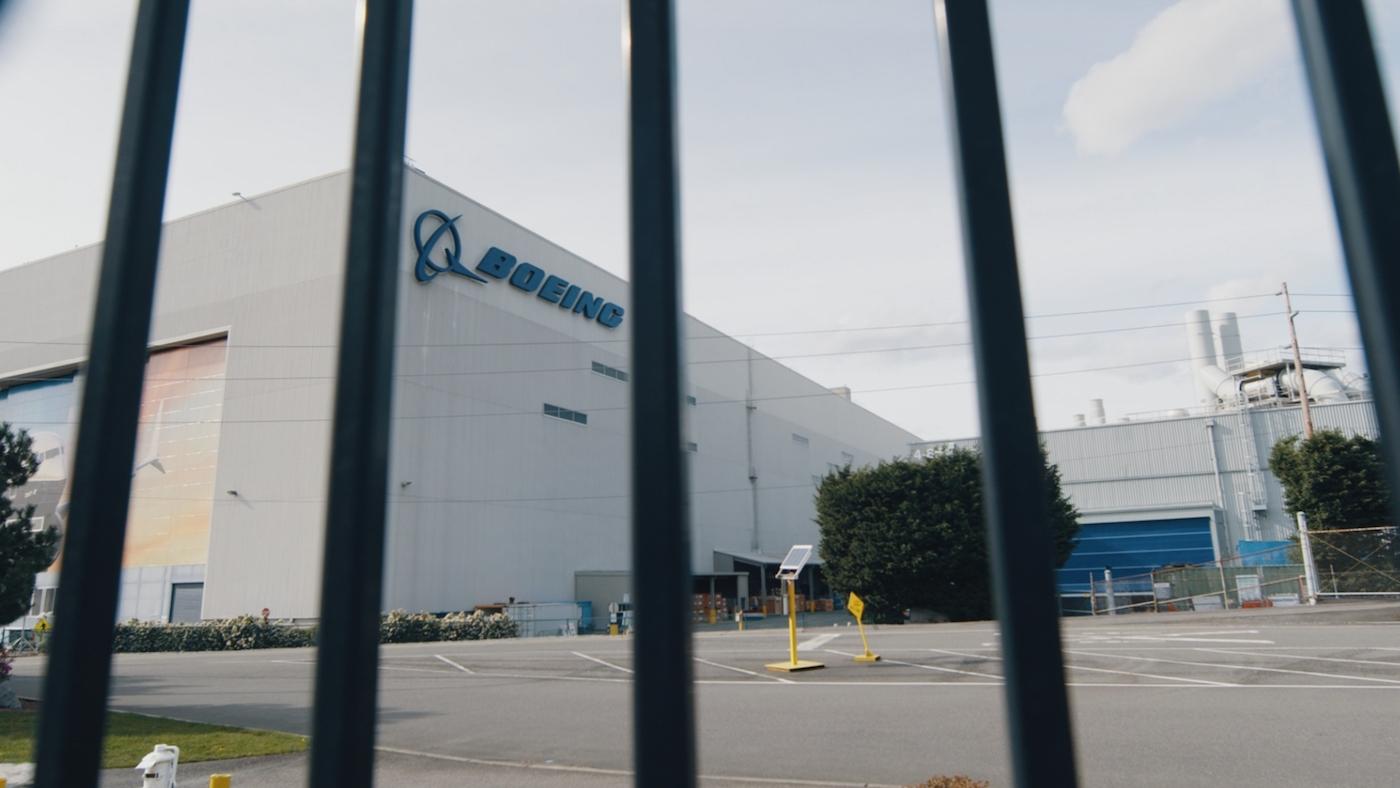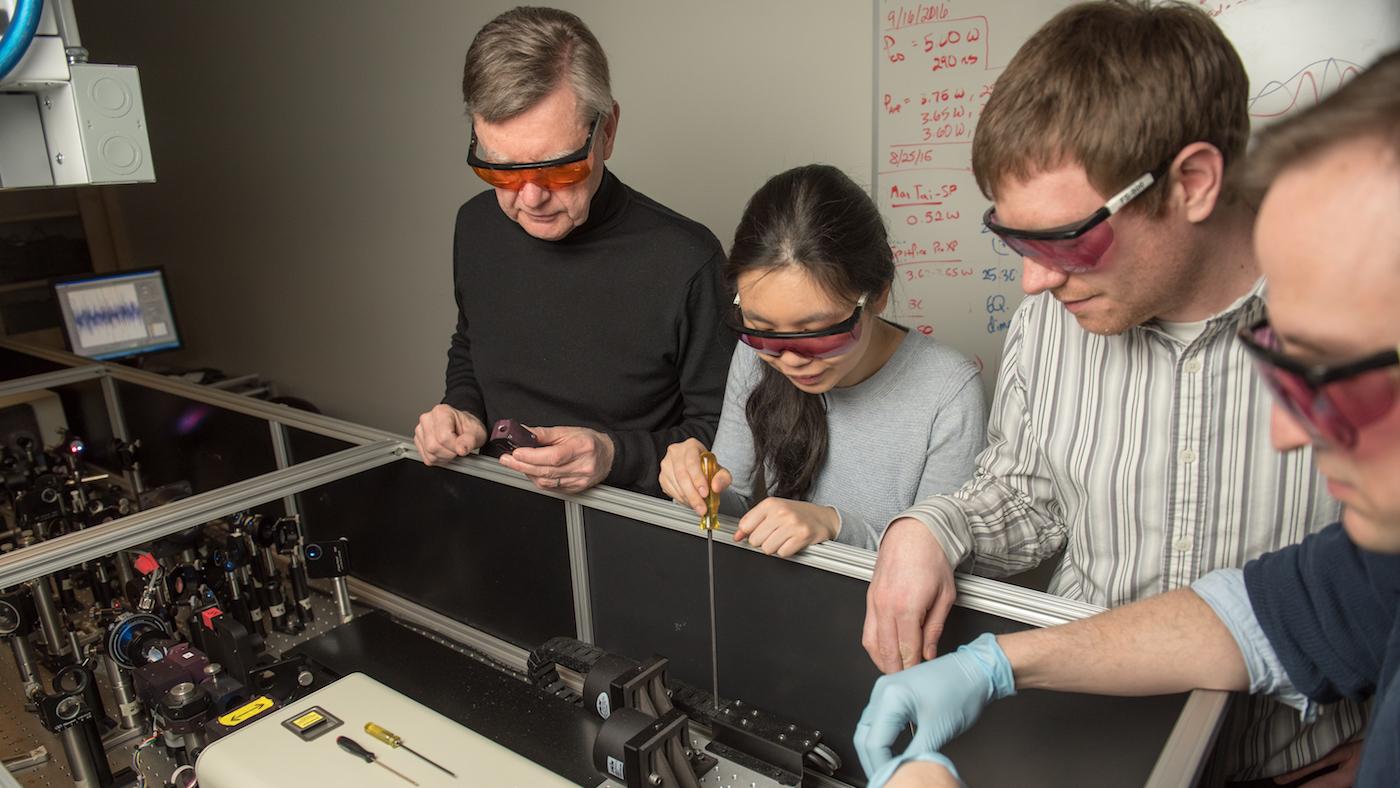The Atomic Age's Beginnings on a Squash Court in Chicago
Daniel Hautzinger
April 25, 2017
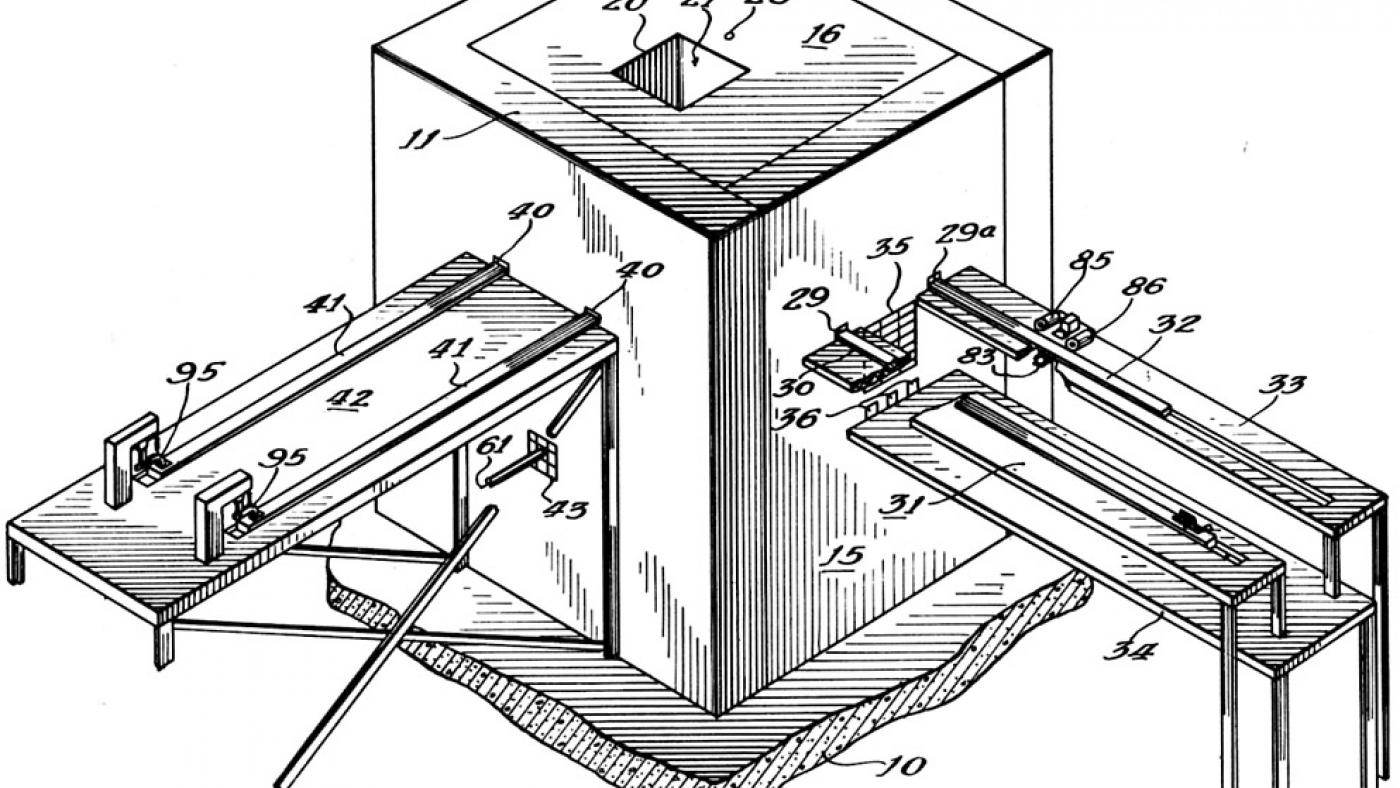
Illinois is a nuclear state. It has six nuclear power plants, the most in the country. About one tenth of the total nuclear-generated electricity in the United States comes from Illinois. The state gets 48% of its electricity from nuclear plants, and in Chicago the proportion is greater than 85%. This is fitting, because the atomic age began here.
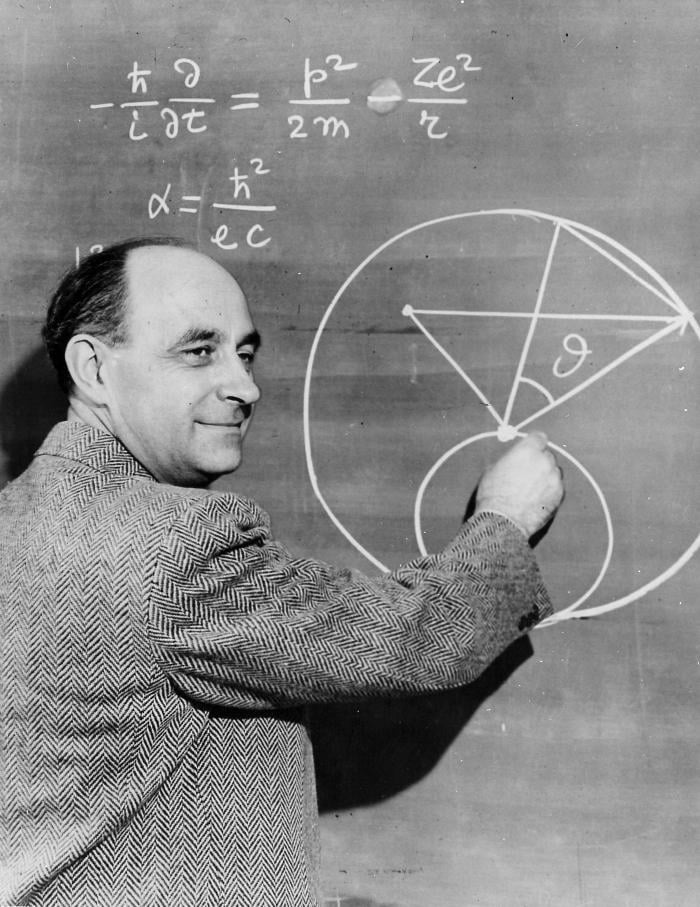 The legendary physicist Enrico Fermi, nicknamed "Pope" for his supposed infallibility. (Photo courtesy of University of Chicago)75 years ago, scientists at the University of Chicago engineered humankind’s first controlled, self-sustaining nuclear chain reaction on a squash court underneath the stands of the school’s old football stadium. At 3:25 pm on December 2, 1942, the legendary physicist Enrico Fermi ushered in a new era with the announcement that Chicago Pile-1, as the reactor was called, had gone critical: it was sustaining its own reactions.
The legendary physicist Enrico Fermi, nicknamed "Pope" for his supposed infallibility. (Photo courtesy of University of Chicago)75 years ago, scientists at the University of Chicago engineered humankind’s first controlled, self-sustaining nuclear chain reaction on a squash court underneath the stands of the school’s old football stadium. At 3:25 pm on December 2, 1942, the legendary physicist Enrico Fermi ushered in a new era with the announcement that Chicago Pile-1, as the reactor was called, had gone critical: it was sustaining its own reactions.
“Fermi’s nickname was the ‘Pope’ because he seemed infallible,” Bob Rosner said. “I think ‘awesome’ is a good word to describe him.” Rosner is a theoretical physicist on the faculty of the University of Chicago. He has also led Argonne National Laboratory, an outgrowth of the CP-1 experiments that Fermi founded after the Second World War.
Fermi led the team that conducted the CP-1 experiments. He began his research into uranium reactors at Columbia University in New York City in 1941, but the program moved to Chicago in early 1942. Working as part of the Manhattan Project, which was attempting to develop an atomic bomb, he and his colleagues in the Metallurgical Laboratory sought to prove that a self-sustaining reactor could be built using uranium.
 The team behind Chicago Pile-1 in a photo on the fourth anniversary of their achievement. (Photo courtesy of University of Chicago)A theoretical basis for such a reactor had already been established. The uranium isotope U-235 could absorb a slow neutron to become U-236, which immediately decays, releasing energy as well as fast neutrons. Those isotopes could be surrounded by graphite blocks, which would slow down any free fast neutrons. If a big enough pile of interspersed graphite and U-235 could be constructed, the slowed neutrons released by the decay of newly formed U-236 would strike other isotopes of U-235, leading to more U-236 and more neutrons, which would sustain a chain reaction.
The team behind Chicago Pile-1 in a photo on the fourth anniversary of their achievement. (Photo courtesy of University of Chicago)A theoretical basis for such a reactor had already been established. The uranium isotope U-235 could absorb a slow neutron to become U-236, which immediately decays, releasing energy as well as fast neutrons. Those isotopes could be surrounded by graphite blocks, which would slow down any free fast neutrons. If a big enough pile of interspersed graphite and U-235 could be constructed, the slowed neutrons released by the decay of newly formed U-236 would strike other isotopes of U-235, leading to more U-236 and more neutrons, which would sustain a chain reaction.
The Metallurgical Laboratory’s goal in Chicago was to experimentally prove that such a reactor could work. They built larger and larger reactor piles, testing designs for one that could go critical. The experiments were originally slated to take place outside Chicago, at what is now Argonne National Laboratory. But the contractor in charge of building the research facility there continually delayed, and speed was of the essence; the scientists feared that the Germans would achieve an atomic bomb first, so they began constructing the piles on campus instead.
 An illustration depicting Chicago Pile-1, the site of man's first controlled, self-sustaining nuclear reaction. (Image copyright Chicago Historical Society)One reason the Germans failed to achieve criticality during the war was that they may have been using commercial graphite, according to Rosner. Commercial graphite contains traces of boron, which absorbs neutrons. Therefore, the neutrons released in a reactor pile built using impure graphite would be absorbed by the boron, leaving less available to strike other U-235 isotopes and maintain a chain reaction. The pile would thus have to be impracticably huge in order to go critical.
An illustration depicting Chicago Pile-1, the site of man's first controlled, self-sustaining nuclear reaction. (Image copyright Chicago Historical Society)One reason the Germans failed to achieve criticality during the war was that they may have been using commercial graphite, according to Rosner. Commercial graphite contains traces of boron, which absorbs neutrons. Therefore, the neutrons released in a reactor pile built using impure graphite would be absorbed by the boron, leaving less available to strike other U-235 isotopes and maintain a chain reaction. The pile would thus have to be impracticably huge in order to go critical.
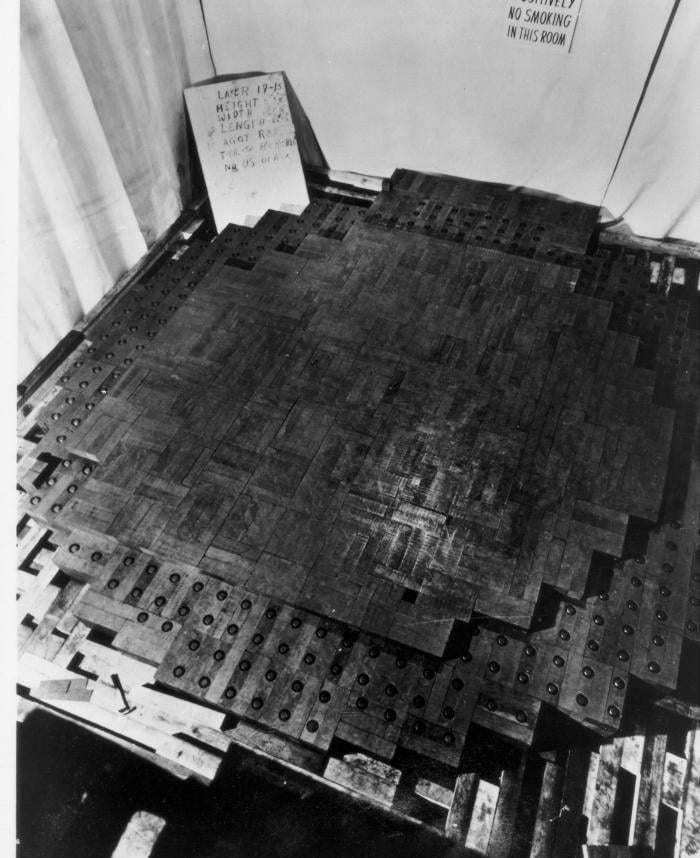 The only known photograph of the original Chicago Pile-1, midway through construction. Note the "No Smoking" sign on the back wall. (Photo courtesy of Argonne National Laboratory)In November of 1942, Fermi and his team began constructing CP-1. A month later, a roughly spherical pile of uranium and graphite braced by a wooden frame and enclosed in a balloon cloth bag stood ready. And on December 2, it achieved criticality, fulfilling the team’s predictions and calculations.
The only known photograph of the original Chicago Pile-1, midway through construction. Note the "No Smoking" sign on the back wall. (Photo courtesy of Argonne National Laboratory)In November of 1942, Fermi and his team began constructing CP-1. A month later, a roughly spherical pile of uranium and graphite braced by a wooden frame and enclosed in a balloon cloth bag stood ready. And on December 2, it achieved criticality, fulfilling the team’s predictions and calculations.
What is CP-1’s legacy today? Besides numerous institutions and a legendary intellectual pedigree at the University of Chicago, it provided the basis for radiation therapy in medicine, the atomic bomb, and future nuclear reactors. In fact, the first reactor to produce a useful amount of electricity (enough to power four light bulbs) was built at Argonne nine years after CP-1’s activation. Scientists at Argonne continued to develop nuclear reactor technology after Fermi’s death in 1954.
When Rosner arrived at Argonne as Chief Scientist in 2002, his own career took a turn into nuclear energy. He had been primarily a theoretical physicist, but as he worked at Argonne he learned much more about nuclear energy, one of its primary research focuses at the time. In 2005 he became Laboratory Director there, putting him in charge of the nuclear program and involving him with technical aspects of it. After stepping down from that position in 2009, he founded the Energy Policy Institute at the University of Chicago, an interdisciplinary program concerned with providing solutions to the world’s energy problems.
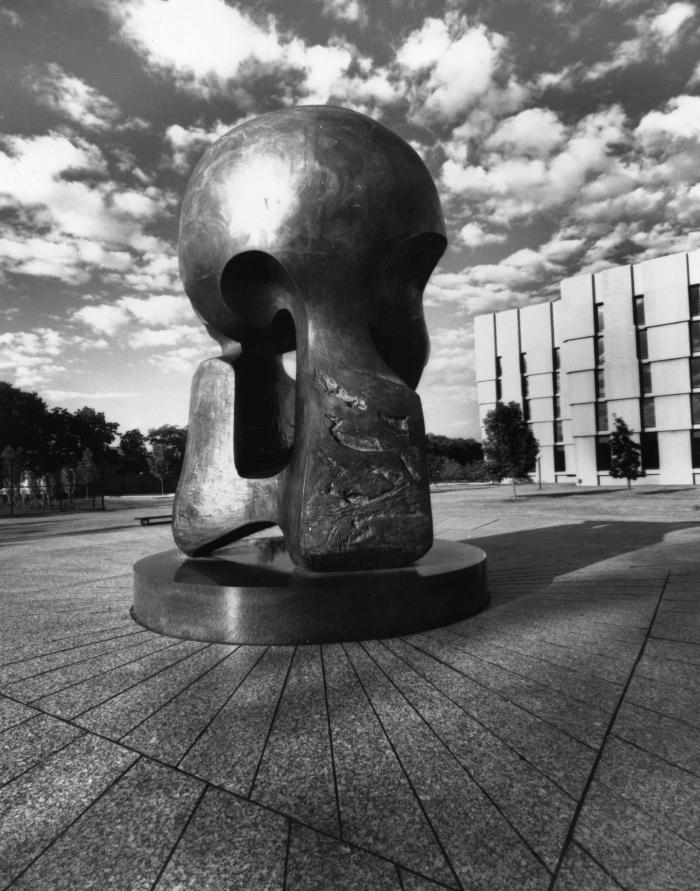 A sculpture by Henry Moore called "Nuclear Energy," which marks the site of Chicago Pile-1. (Photo courtesy University of Chicago)He believes nuclear power could provide one of those solutions. If we want to de-carbonize our electricity in order to combat climate change, nuclear is ideally suited to replace coal and natural gas. Unlike wind, solar or hydropower, nuclear plants can run 24/7, year-round. In certain areas such as Japan and South Korea that lack many natural energy resources it has become commonplace. And reactors have become increasingly efficient: where once they operated at 60-70% efficiency, they are now at about 90%. Even though the United States has not built any new reactors since the 1980s, the fraction of total energy supply provided by nuclear power since then has not changed.
A sculpture by Henry Moore called "Nuclear Energy," which marks the site of Chicago Pile-1. (Photo courtesy University of Chicago)He believes nuclear power could provide one of those solutions. If we want to de-carbonize our electricity in order to combat climate change, nuclear is ideally suited to replace coal and natural gas. Unlike wind, solar or hydropower, nuclear plants can run 24/7, year-round. In certain areas such as Japan and South Korea that lack many natural energy resources it has become commonplace. And reactors have become increasingly efficient: where once they operated at 60-70% efficiency, they are now at about 90%. Even though the United States has not built any new reactors since the 1980s, the fraction of total energy supply provided by nuclear power since then has not changed.
Unfortunately, nuclear is expensive, and there is also the concern of waste. Finally, there is safety. Disasters like Chernobyl and Fukushima, and the fact that nuclear technology is also the basis for atomic weapons, make the public wary of nuclear power.
But wherever the future of nuclear energy lies, we know its past, and where it began: on a squash court in Chicago.
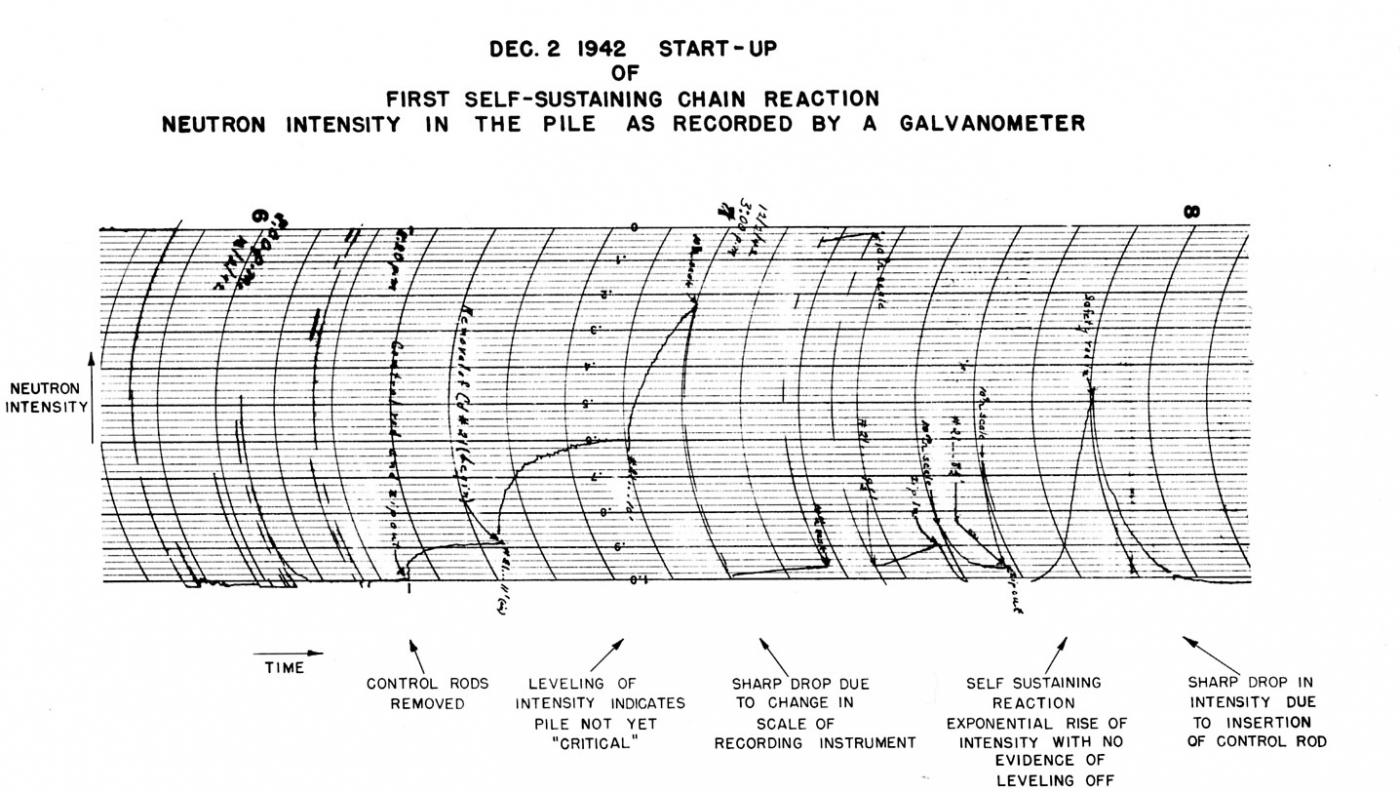 A graph charting the neutron intensity of Chicago Pile-1 as recorded by a galvanometer. (Image courtesy Argonne National Laboratory)
A graph charting the neutron intensity of Chicago Pile-1 as recorded by a galvanometer. (Image courtesy Argonne National Laboratory)




